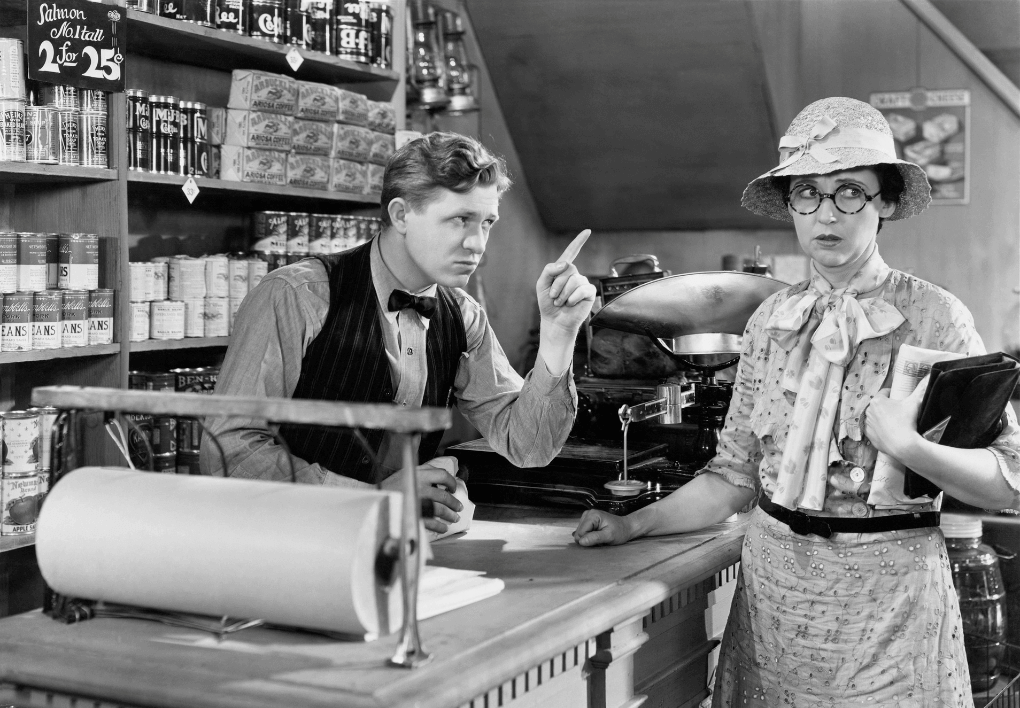Smart connected retail stores: The role of Vision AI
25th February 2025
SeeChange CEO, Jason Souloglou, explains how the Vision AI-connected smart retail store transforms operations by turning individual components into an intelligent, responsive ecosystem. Smart checkouts detect and prevent shrink, while seamless fresh produce and non-barcoded item recognition enhance the shopper experience. Automated spill detection and real-time security alerts ensure operational efficiency without friction. As a result, staff are deployed where they’re needed most, shelves remain stocked, and security threats are managed across the entire store network.
For grocery retailers, the connected, smart retail store isn’t just another innovation—it’s a necessity. With rising pressures to reduce losses, optimize operations, and tackle labor shortages, all while enhancing the customer experience, traditional approaches are no longer enough.
By combining computer vision, sensor fusion, and deep learning technologies the smart retail store transforms standalone systems into a connected, intelligent network. This shift moves loss prevention from a reactive function to a proactive, automated strategy that enhances security, efficiency, and the overall shopping experience.
But what does a smart, connected store look like in practice?
What is a smart, connected retail store?
Think of a smart, connected retail store as an as an ecosystem where every component works together, beyond just preventing loss, to drive operational efficiency, improve customer service, and streamline workforce management.
Picture this: A customer walks through the aisles, selecting items. Cameras connected to AI-powered systems track high-value products, ensuring they make it to checkout.
- At self-checkouts If an item is mis-scanned, or a high-value item isn’t scanned at all, the system triggers a real-time alert. Instead of requiring direct employee intervention, it can prompt the shopper to correct the mistake, reducing confrontation while deterring theft
- As customers weigh or scan loose fresh produce—whether at a self-checkout or an in-aisle scale —computer vision AI instantly recognizes the item, reducing errors, preventing fraud, and ensuring a smoother shopping experience.
By connecting events from aisle to checkout and exit, the smart, connected store doesn’t just prevent shrink, it optimizes retail operations, empowers staff, and delivers a seamless customer experience.
Smart retail stores: Benefits beyond loss prevention
Vision AI-powered retail isn’t just about preventing losses, it has the potential to transform the entire in-store experience.
Here are some examples. Automated monitoring of stock levels ensures shelves are replenished before high-demand items run out. Instead of patrolling aisles, employees receive targeted alerts, allowing them to focus on customer service and high-priority tasks. Meanwhile, cleaning robots can be deployed automatically the moment a spill is detected, creating a safer shopping environment.
Key benefits of the smart, connected store include:
- Frictionless checkout: Customers move through self-checkouts seamlessly, reducing wait times.
- Optimized staffing: AI-driven insights help retailers allocate employees where they’re needed most.
- Better inventory control: Automated stock monitoring prevents out-of-stock issues and minimizes waste.
- Higher employee satisfaction: By reducing repetitive, high-risk tasks, employees are able to focus on meaningful customer interactions.
- Safer, more efficient stores: Automated alerts for spills, theft risks, and stock issues create a more responsive retail environment.
With labor shortages impacting grocery retailers globally, automation doesn’t replace people—it empowers them. By handling repetitive and time-consuming tasks, AI allows store associates to focus on delivering better customer service and a more engaging in-store experience
The connected estate: Unlocking the next level of smart retail
The real strength of the smart retail store is revealed when all locations in a network are interconnected.
Criminals often target multiple stores in the same chain, exploiting gaps in visibility. But with a connected estate, a pattern of shop theft spotted in one location can instantly alert others, preventing repeat offenses before they happen.
This unified view enables retailers to move beyond reactive security measures to a predictive, AI-driven approach—stopping losses before they occur while maintaining an efficient, frictionless shopping experience.
Smart retail stores: The future of grocery is AI-connected
The future of grocery retail is not just digital—it’s connected, intelligent, and human-centered. Connected smart stores deliver smoother shopping experiences, safer environments, and empowered employees. As retailers crack patterns of shop theft, they can utilize the data and insights from their stores to detect emerging patterns that then inform on-going, proactive operations to continuously drive efficiency.
And as these individual stores link together into connected estates, retailers unlock new levels of security, efficiency, and operational control. Retailers who embrace this shift won’t just keep pace with change, they’ll set the new standard for modern grocery operations.

